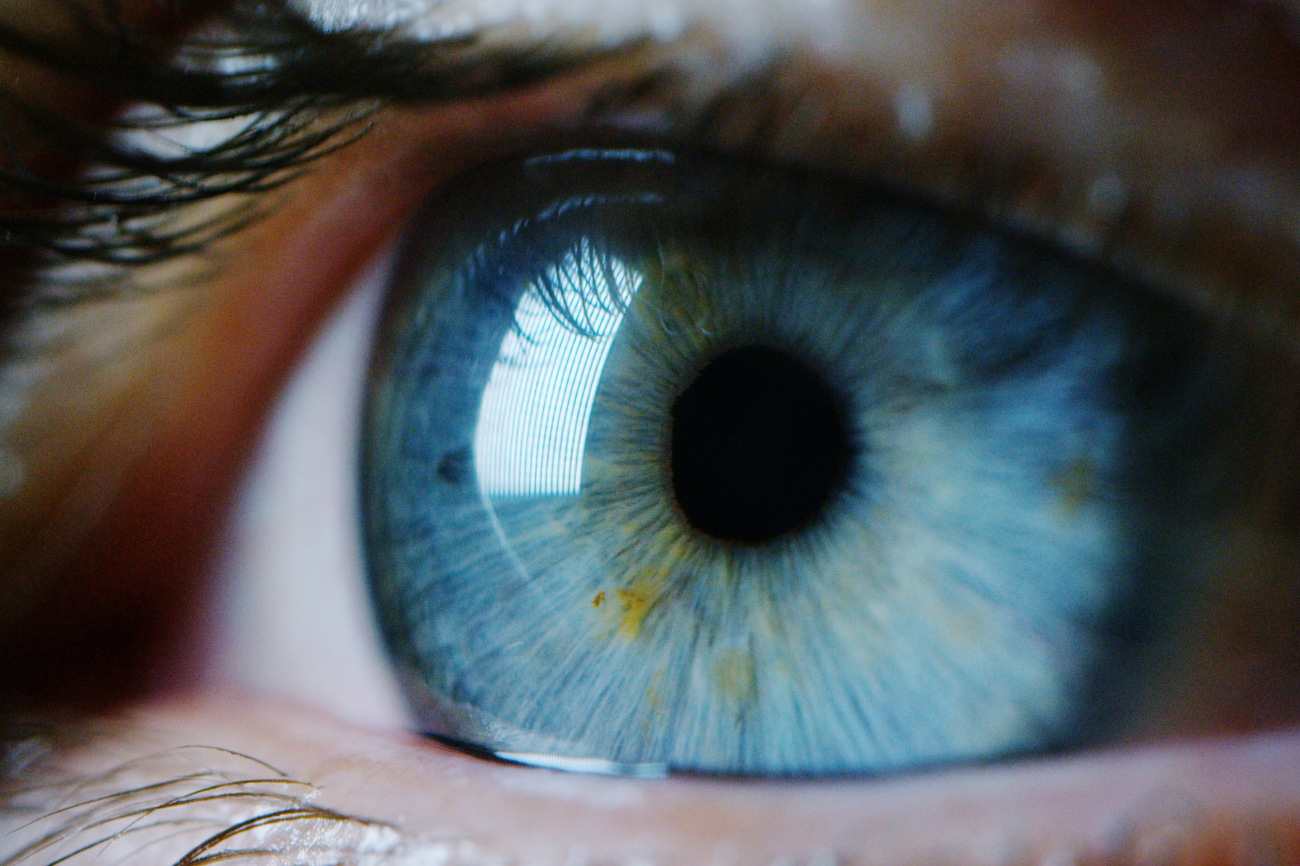
The recently launched James Webb Space Telescope (JWST) will help rewrite our understanding of space. Astronomers have already done it looked further back into the early universe than ever before – and crucial to the telescope, which captures light from more than 13 billion years ago, are its massive mirrors.
The main mirror, with its iconic hexagonal shape, is more than two stories in diameter and consists of 18 separate segments. All these segments must be perfectly smooth, flat and free of scratches to provide a flawless image of distant astronomical objects.
Now, these mirrors, developed over decades of effort by NASA, are helping eye surgeons improve the vision of millions of people by increasing the accuracy of laser-assisted (LASIK) eye surgery.
Read more: How the James Webb Space Telescope takes such stunning pictures
James Webb Mirror Tech
The construction of the JWST mirror segments involves rigorous measuring, grinding, polishing, and testing—one of the most time-consuming aspects of JWST construction.
“Each mirror is measured independently, changes shape as it cools, and changes shape in 0-gravity,” said Lee Feinberg, optical telescope element manager for Webb at NASA’s Goddard Space Flight Center. “All of this needs to be taken into account as you measure the mirrors independently so that they work in unison correctly.
Shack Hartmann scanning sensor
In the early 2000s, Albuquerque-based WaveFront Sciences worked with NASA to help develop a system to measure variations in Webb’s mirrors as they were ground and polished into highly specific configurations.
“It’s called a Shack Hartmann scanning sensor, and it allows you to measure surfaces at a very high resolution,” says Feinberg. “This was useful for measuring the edges of mirrors, but it is also useful for measuring eyes.”
A complete ophthalmic analysis system
The technology, which uses algorithms to detect deviations in the JWST mirrors, was eventually incorporated by WaveFront Sciences into a commercial product capable of diagnosing specific eye conditions by mapping the eye. They called it the Complete Ophthalmic Analysis System.
Technology developed for space exploration has a long history of being repurposed into other applications that have proven extremely useful to humans on Earth. In fact, NASA is monitoring of these by-products, as they are important reminders of the wider benefits that space exploration can have on society.
Read more: Details on space aging informs Health Research
JWST mirror and laser eye surgery
WaveFront’s system was bought and sold several times before being acquired by Johnson & Johnson in 2017, who then incorporated it into their iDesign Refractive Studio — a unique instrument that takes precise eye measurements to help map imperfections in the visual pathways and corneal distortion.
In eyes with normal vision, the cornea refracts incoming light directly onto the retina at the back of the eye. However, in nearsighted or farsighted people, the light is distorted incorrectly, resulting in blurred vision.
Corneal distortion
During LASIK surgery, a specially designed laser is used to change the curvature of the cornea. Initially, this was based on the limited information from the test to prescribe glasses to the patient.
But driven by technology that helps match specular curvatures within JWST, surgery can now use data including more than 1,200 measurements of an individual eye – providing safer and more accurate eye correction.
The technology received US FDA approval in 2018. So far, it has been introduced in 47 countries and has assisted in more than 18 million successful LASIK eye surgeries worldwide, according to Johnson & Johnson.
Read more: Why are more people becoming myopic?

